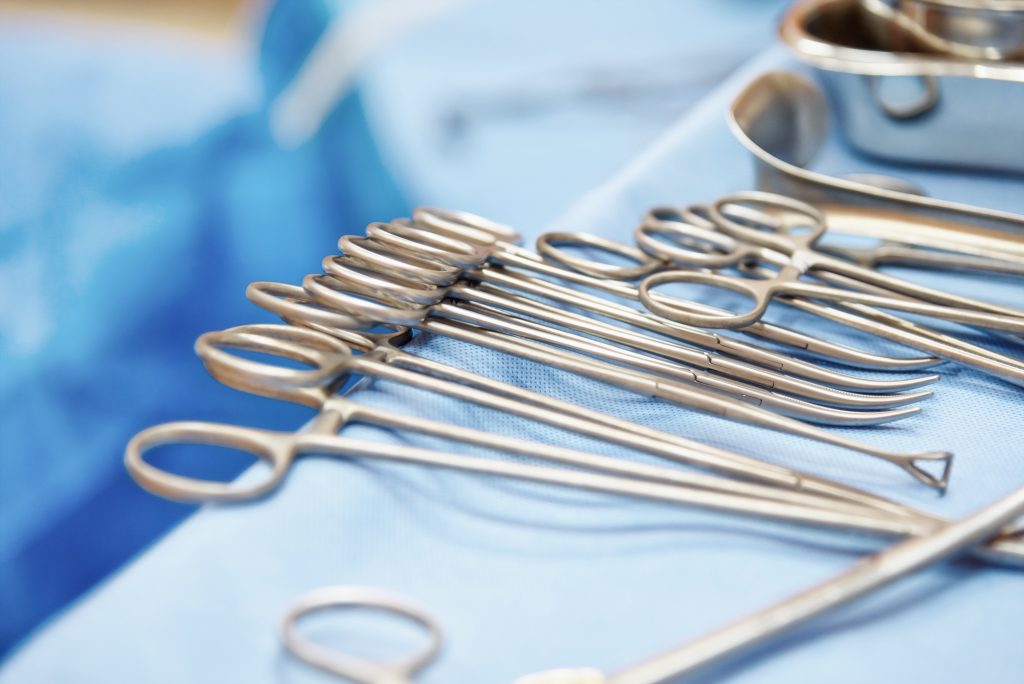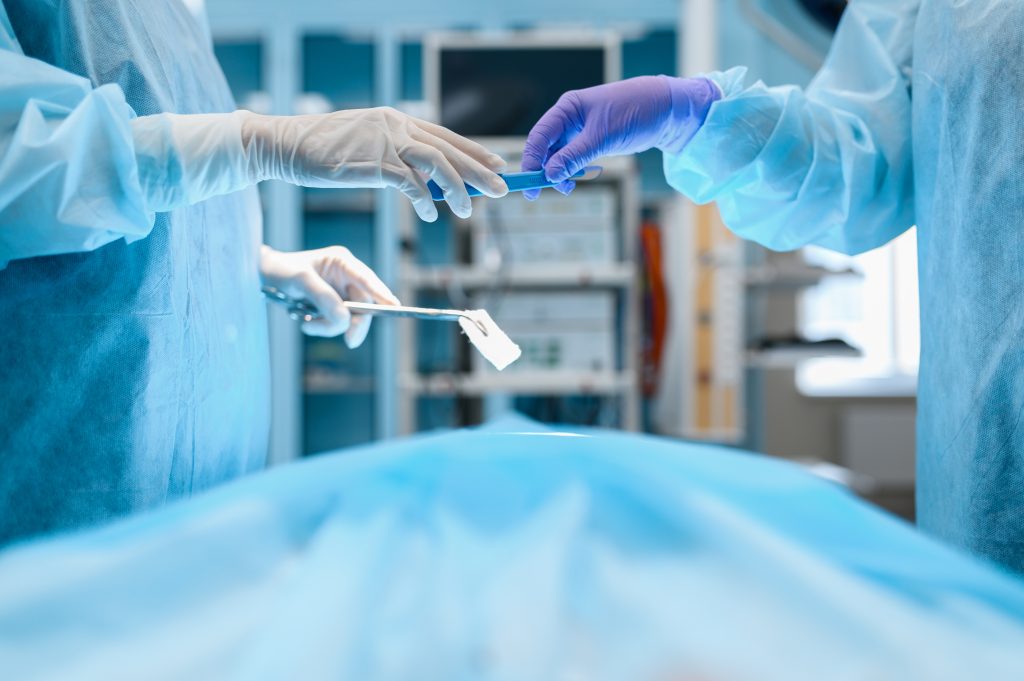Minimally Invasive Surgery
In the incredible advancements of modern medicine, one of the most amazing things that we have been able to develop has been minimally invasive surgery. Historically, surgery was dangerous and difficult because of wound care, blood loss, and complications. With the use of modern instruments and techniques, patients have less risks, recover more quickly, and generally deal much better with surgery. There are many different surgeries that are considered minimally invasive.
What does it mean?
When a surgery is minimally invasive, it is usually done using a variety of methods that are very similar. Instead of making a large incision to reach the area that needs treatment, surgeons are now able to make a series of smaller incisions and use different medical instruments to see the area they are treating, resulting in more complicated but safer surgeries. Some surgeries have always been minimally invasive because they are not extensive. Due to these new methods, many other surgeries that were previously much more dangerous are much more safe and less invasive. Some of these include surgeries on the heart, lungs, kidneys, and abdominal area. These were all considered much more dangerous before 1980 when the use of minimally invasive surgery came about. Other surgeries like back surgery have become more efficient and have faster recovery times now. There is so much that has changed because of these new and improved surgical procedures!
Instruments used
There are some advanced medical devices that have been developed that make minimally invasive surgeries possible. These include instruments for seeing inside the body, for mapping out incisions, and also for performing the actual surgery.
Endoscope
An endoscope is a long tubular machine that has a tiny light and camera lens at the tip. They are tiny and flexible and can be inserted directly into the organ that needs treatment. Usually an endoscope is used in surgeries to identify problems and find the specific area where the surgeon will need to make incisions. There are even endoscopes small enough to fit inside arteries and veins if needed. A similar machine that specifically uses fiber-optics is called a laparoscope.
Fluoroscope
A fluoroscope is used for many things other than surgery, but it is a machine that puts together a real-time x-ray. It basically takes x-rays very quickly and translates them into a video-type format. This is used so that the doctor can see the bones as they are performing a surgery for reconstructing or removing bone.

Special Surgical Instruments
Surgeons use surgical instruments that are used to cut, scrape, or puncture during surgery. During minimally invasive surgeries, surgeons use special instruments that have long, curved, or even flexible handles. These can be more difficult to maneuver, but the doctors go through special training to know how to use them properly. These instruments can be used to make the incisions or procedures more targeted and precise. This helps a great deal when it comes to these kinds of surgeries.
Robotic instruments
One of the newest and most impactful developments in minimally invasive surgery has been the use of robotic instruments. This can help with making more precise incisions and other procedures that a human surgeon cannot do on their own. Robotic surgery can help with many different kinds of surgeries, even more invasive ones. These surgeries are not performed by an artificial intelligence, but by a surgeon operating the machine. This helps decrease human error and makes the operation even more clear for the surgeon.
Procedures
During minimally invasive surgeries, the performing surgeon usually uses some or all of these instruments to be able to see the area that needs treatment or inspection without completely exposing the area or making a large incision. This is especially beneficial for surgeries in the abdominal cavity. There are some large organs, and much of the abdominal cavity has layers of skin, fat, and tissue. Through using these tools, the surgeon can perform surgery while avoiding moving the other organs around too much or even at all. This kind of surgery is sometimes referred to as keyhole surgery since it is done through such a small incision.
Minimally invasive surgery benefits
The best and most measurable benefit to a minimally invasive surgery is the survival rate of the patient. These procedures have been proven to increase the rate of patient survival and decrease severe complications! The wound care is also very much minimized, so the rate of infection has decreased as well. Most people also have less pain and more mobility directly after the surgery, which can contribute to faster healing! There are many other benefits for each individual type of surgery.
Minimally invasive surgery recovery
Another great benefit of minimally invasive surgery is the recovery. Depending on the type of surgery, some people can return to normal activity and function in a matter of weeks! Most patients still have a hospital stay after the surgery, but it is usually much shorter and more comfortable. Each patient’s recovery does also depend on their ability to follow the surgeon’s instructions for after the surgery, but many patients are able to regain mobility relatively quickly. Unfortunately, any surgery does carry its risks. Some patients still experience complications with bleeding, anesthesia, or infection. Still, even with those complications, there are significantly less problems with minimally invasive surgeries than with other types of surgery.
Talk to your doctor
If you are concerned about an upcoming surgery, talk to your doctor about minimally invasive procedures. In most cases, open surgery is avoided, but you never know unless you ask! This can give you peace of mind and help you to understand what will be done during your procedure. You should always be informed about your surgery and your doctor is usually very willing and happy to help. You will also want to know what your doctor’s plan will be for your recovery and pain management. Make sure to follow your doctor’s instructions, and hopefully you will be back to your everyday activities in no time!

